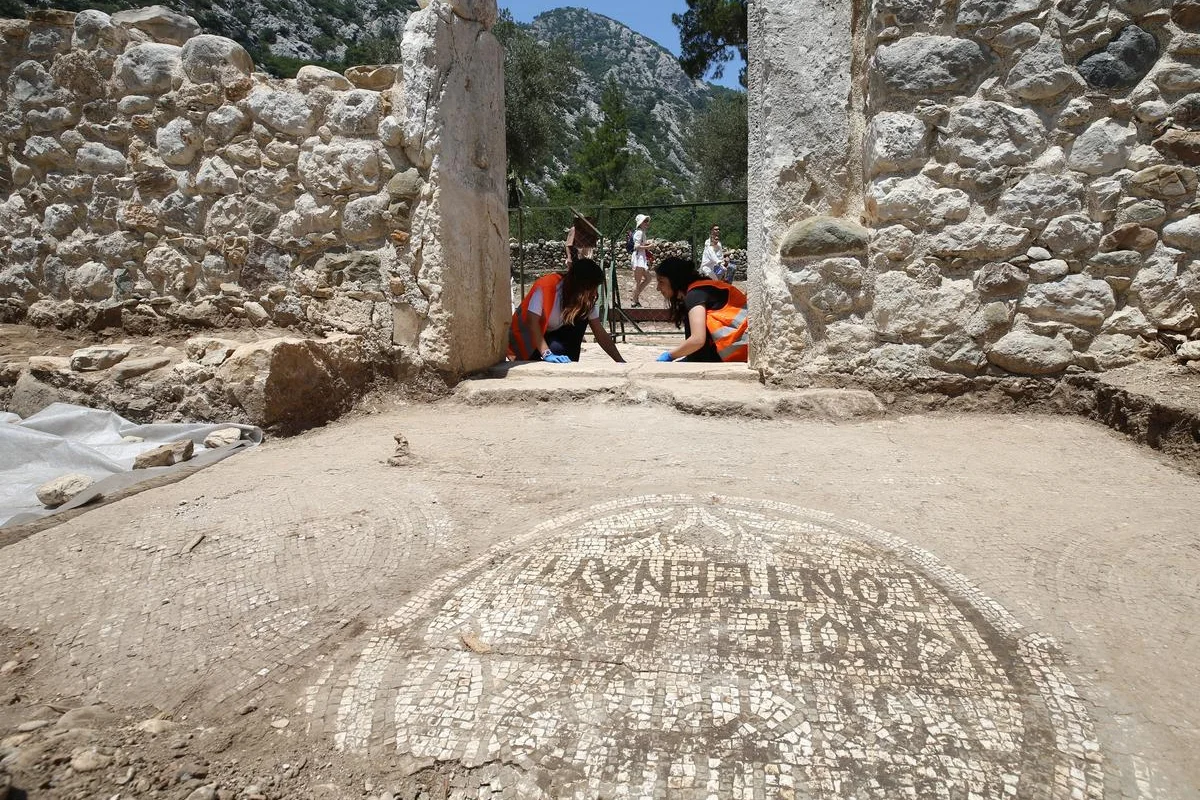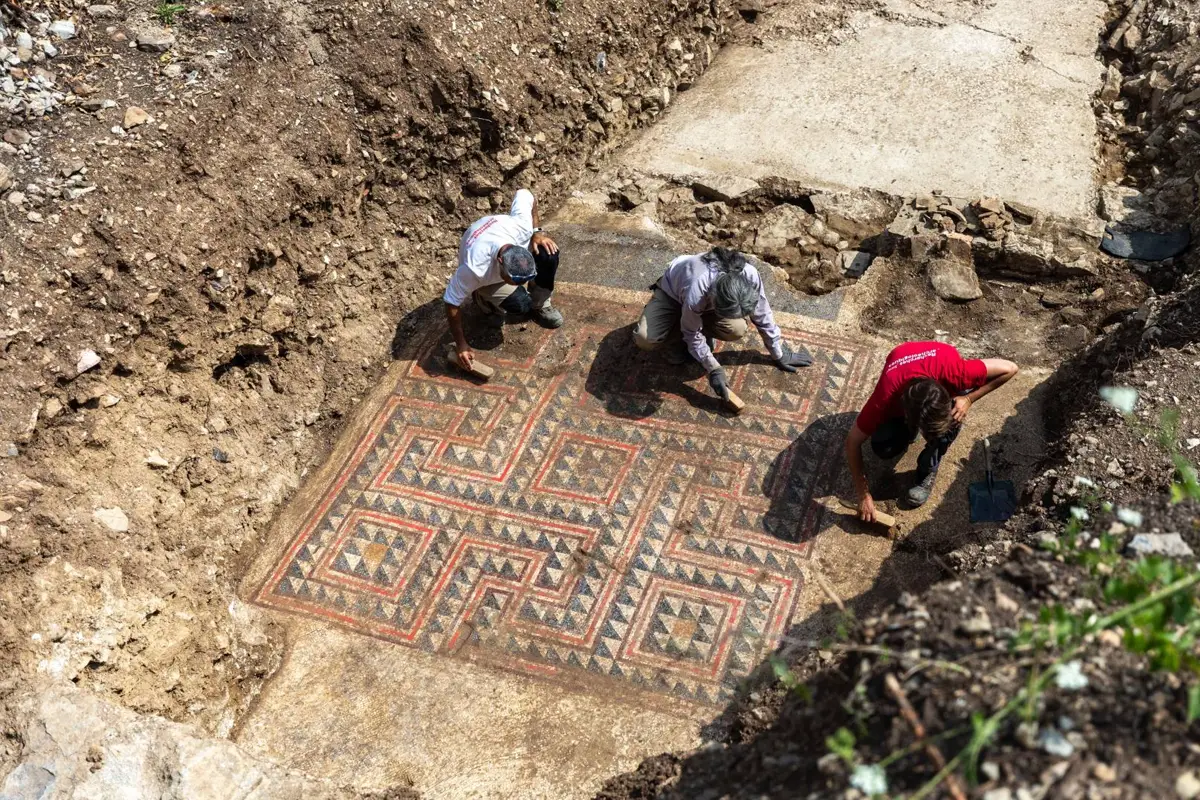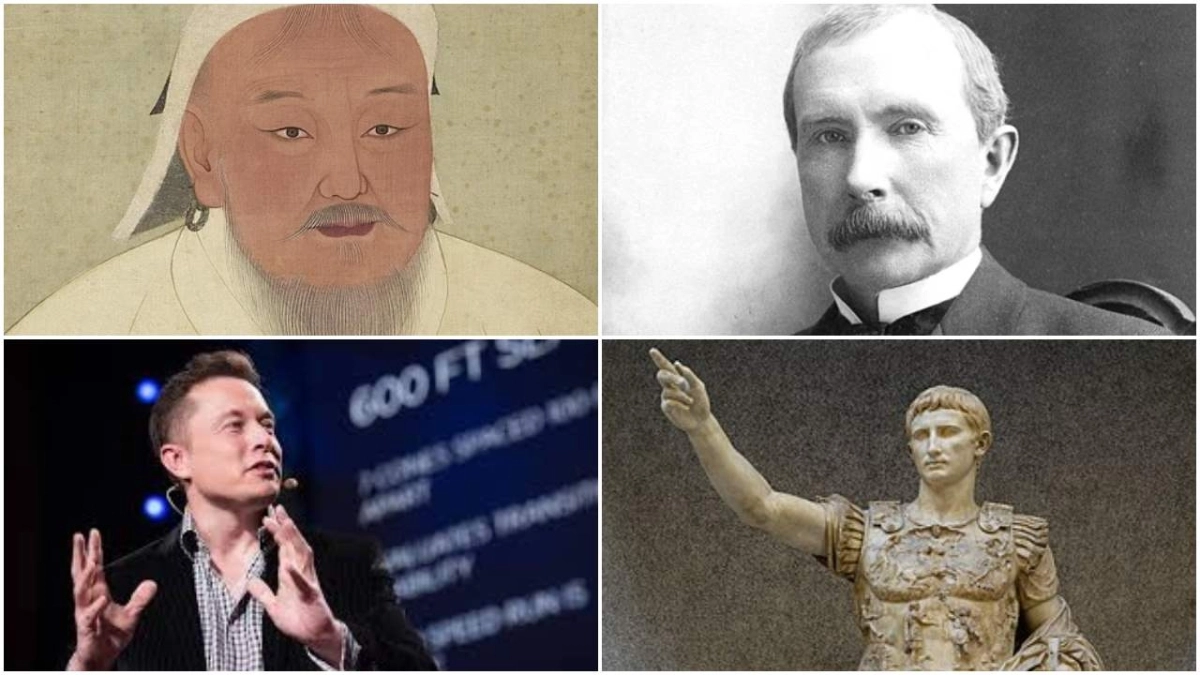The Extinction of Anatolian Languages: A Historical Overview
The ancient Anatolian languages, once the cornerstone of linguistic diversity in what is now modern Turkey, present a fascinating study of linguistic evolution and extinction. These languages, part of the Indo-European family, included well-documented tongues such as Hittite, Luwian, and Lycian, as well as others like Palaic, Pisidian, and Sidetic. This article delves into the historical backdrop, factors contributing to their decline, and the eventual disappearance of these languages by the dawn of the first millennium CE.
Historical Context
The Anatolian languages were first attested in the early second millennium BCE, with Hittite texts dating back to around 1650 BCE. Hittite, emerging from the ancient capital of Hattusa, became one of the earliest Indo-European languages documented through cuneiform records. Alongside Hittite, Luwian and later Lycian, Carian, and Lydian languages played significant roles in the region's socio-political and cultural milieus.
These languages thrived during the era of the Hittite Empire, which dominated Anatolia until around 1200 BCE. The collapse of the Hittite Empire, part of the broader Late Bronze Age Collapse that affected several ancient civilizations, marked the beginning of the decline for these languages. The ensuing period saw a fragmentation of the region into various Neo-Hittite and Aramaean states, where Indo-European, Semitic, and other language influences began to intermingle.
Decline and Displacement
Political and Economic Shifts
The end of the Hittite centralized state led to significant socio-political changes that directly impacted the use and status of the Anatolian languages. As smaller kingdoms and polities emerged, they often adopted or adapted the more dominant languages of the region's new powers, such as Phrygian and, later, Aramaic.
Cultural and Linguistic Assimilation
The spread of Greek culture and language following the conquests of Alexander the Great significantly altered the linguistic landscape of Anatolia. Greek became the lingua franca of the Hellenistic world, and its prestige and utility in administrative, cultural, and economic contexts led to its adoption at the expense of local languages. This Hellenization process was pivotal in diminishing the presence of native Anatolian languages.
Roman and Byzantine Influence
The incorporation of Anatolia into the Roman Empire and the subsequent rise of the Byzantine Empire further entrenched Greek, alongside Latin, in administrative and liturgical use. This period saw the gradual but irreversible erosion of the residual Anatolian languages.
Timeline of Extinction
Hittite: Ceased to be used around 1200 BCE with the fall of the Hittite Empire.
Luwian: Continued in various forms until the early first millennium BCE, with some hieroglyphic inscriptions persisting in Neo-Hittite states.
Lycian, Lydian, and Carian: These languages lasted into the classical period, with Lycian inscriptions evident until around 300 BCE.
By the Roman period, most of the native languages had been replaced or relegated to marginal use, surviving only in remote areas or in limited ceremonial roles until they too faded from everyday use.
Conclusion
The extinction of the Anatolian languages was not an abrupt event but a gradual process influenced by a confluence of external invasions, internal disruptions, and cultural transformations. The ascendance of Greek and later Latin marked the final phases of a complex linguistic transition. Today, the study of these languages offers invaluable insights into the ancient civilizations of Anatolia and their interactions with neighboring cultures. The remnants of these languages, preserved in stone and clay, continue to be a primary source for understanding the pre-classical and classical heritage of Anatolia, reflecting a time when it was a crossroads of civilizations in the ancient world.










